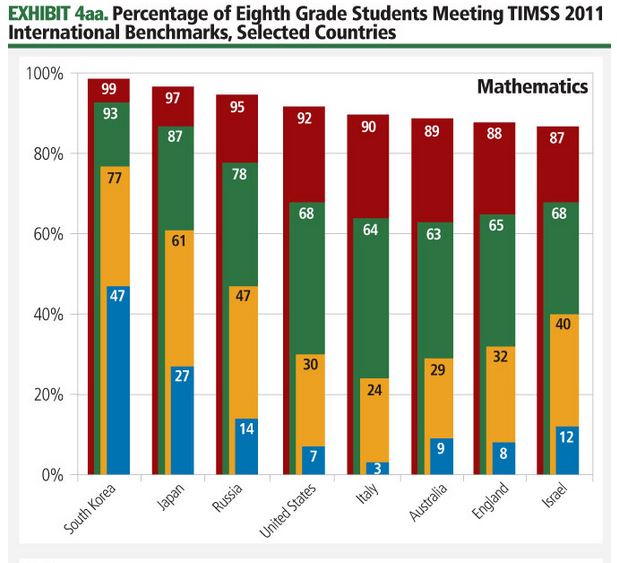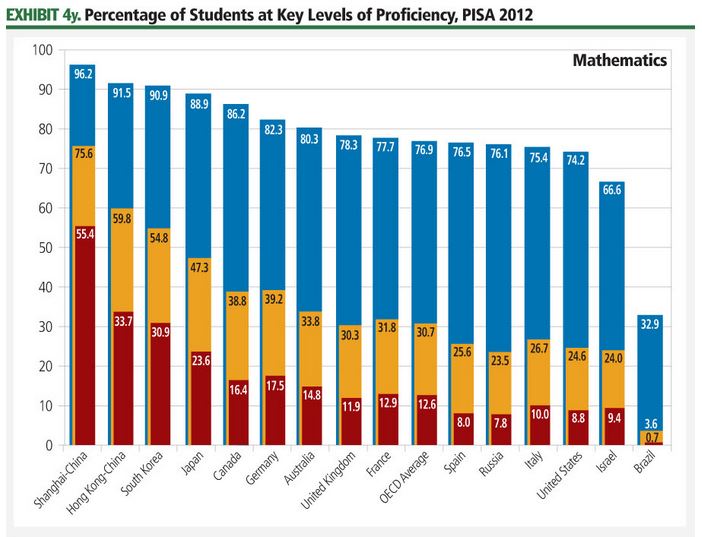Israel
2013 – Military Reconnaissance
Military-specific observation satellites can be used for reconnaissance or other intelligence-gathering purposes. The capabilities of remote sensing satellites can sometimes obscure whether or not they are being used for civilian or military applications.
2013 – Israeli Government Space Budget
In Israel, an increase in the civil space budget that was approved in 2012 was released by the Ministry of Finance for spending by the Israel Space Agency (ISA). This 2013 budget totaled ## million New Israeli Shekels (NIS) (US$## million). This represents a ##% increase over the estimated 2012 ISA budget of ## million NIS (US$## million).
2013 – Demographics
Science and engineering courses offered at the secondary school level are important for preparing students to pursue STEM degrees. Not only may students with more exposure be more likely to pursue a STEM degree upon reaching university, but research suggests that they are more likely to actually complete that degree.
2013 – TIMSS


The TIMSS study also assesses mathematics and science knowledge and skills. Unlike PISA, which focuses on broader mathematical and scientific literacy of students nearing the end of compulsory education, TIMSS is designed to align broadly with the mathematics and science curricula in participating countries at the fourth and eighth grade (approximately 9- and 13-year-old) levels.
2013 – PISA


Trends in international primary and secondary STEM education can be compared across countries using two widely respected international exams. The Programme for International Student Assessment (PISA), carried out by the Organisation for Economic Co-operation and Development (OECD) every three years, focuses on the capabilities of 15-year-old students in mathematics and science literacy.
2013 – Orbital Launch Reports and Forecasts
2013 was a fairly typical year for the global orbital launch industry, with ## launch attempts—slightly higher than the 2009–2013 average of ##. Of the ## orbital launch attempts in 2013, ## were successful. A launch is considered successful if its payload is deployed in an orbit that allows it to successfully complete its mission.
Economy: Space Economy – TSR 2013
2012 – Dual Purpose EO/RS
Many remote sensing satellites have dual military and civil or commercial purposes. India launched its indigenously developed radar imaging satellite, RISAT-1, in April 2012. The satellite will join RISAT-2 and will provide India with the ability to image features on the ground even if covered by clouds or foliage due to its use of a C-band microwave synthetic aperture radar. RISAT-2, a radar-based reconnaissance satellite, was purchased from Israel and deployed before RISAT-1 to help track and prevent terrorist activity, such as the 2008 Mumbai terrorist attacks.
2012 – Israeli Government Space Budget
In Israel, an increase in the civil space budget was approved in 2012, providing for a ## million New Israeli Shekel (NIS) (US$## million) civil space budget over a three-year period from 2012 to 2014. However, despite the approval, the full budget amount for 2012 has not been released by the Ministry of Finance for spending.
2012 – Other Space Employment
There are more than 50 countries with space programs in all regions of the world. Although it is not possible to get detailed statistics on many of these groups from year to year, it is possible to gather estimates that give some indication of overall size. Exhibit 4w provides estimates of the size of the space workforce in a variety of national space agencies.